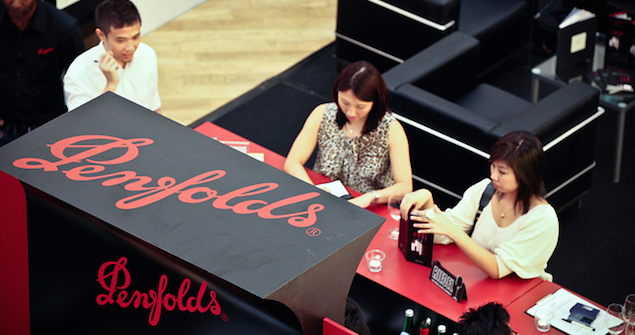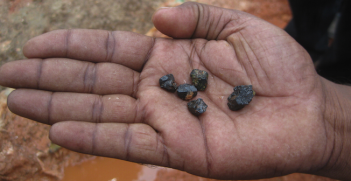Australian Brands Fighting Fakes in China

Australian brands are ascendant in China, but this newfound success comes with a range of challenges.
Australian products carry a prestige in China that may shock ordinary Australians. In prosperous and glittering Shanghai, Australian wine, beef and dairy products line the shelves of expensive international supermarkets, their country of origin clearly marked. “Australia is really an excellent country,” I am told repeatedly by Chinese people when they ask me from where I come, “the air there is very clean, and the environment as well”.
China’s middle-class consumers are concerned uniquely with quality and image, and Australian producers have done well to capitalise on the goodwill towards and the impression of Australia as a source of quality produce. However, the Chinese market remains riddled with pitfalls for international brands, the greatest of which is the loss caused to brands from the sale of counterfeit products. While this is a familiar problem to many international brands in China, Australia’s newly valuable brands face this now more than ever.
Australian encounters with Chinese fakes
Following China’s accession to the WTO, the country’s trademark laws have, on paper, been strong enough to act against the production of counterfeits. However, it has been the weakness of the rule of law, as well as the entrenchment of counterfeit industries, that has made counterfeiting rampant across a range of different products.
One of the more famous examples of an Australian brand that has suffered from counterfeiting in China is the wine brand Penfolds, owned by Treasury Wine Estates. Counterfeit Penfolds wine in a variety of different forms was reported as early as 2010, even before the Australian wine industry had reached its current ascendance in China. More recently, counterfeit boxes of a New South Wales brand of cherry have been found in the country.
With the growing Chinese demand for Australian products, the risk of counterfeiting in different industries also increases. Chinese demand for Australian dairy products is particularly strong, and with confirmation now that a New Zealand milk powder has been copied en masse, it is clear that Australian products now face a more urgent need to take unique measures to avoid encountering similar situations.
Positive trends in trademark protection
There are a number of positive indications that trademark protection is undergoing a strengthening process in China in a manner that should help combat the problem of counterfeits.
Firstly and most generally, Xi Jinping’s stated commitment to a country governed by the rule of law is undoubtedly a step towards the better enforcement of China’s trademark laws which, if adequately enforced, would provide significant protection to Australian brands.
Besides this, the proposed China–Australia Free Trade Agreement will seek to eliminate a range of taxes on the import of Australian products, lowering prices for these goods in China. Arguably, the agreement will help to negate the price advantage that fake products are able to offer over genuine products. However, in a market like China where the market for fake products covers almost all industries and price points, it remains to be seen what effect the agreement will have on counterfeits, if any.
In addition, amendments to China’s Trademark Law this year have precipitated a number of key changes, including stronger protections for well-known trademarks that are not registered, and the establishment of new specialised intellectual property courts in Beijing, Shanghai, and Guangzhou. While these legislative changes are welcome, they are targeted mostly against the practice of “trademark squatting’’ (the registration of valuable trading names as trademarks by persons other than the owner – a separate but no less important issue for Australian brands), but they do little to resolve the enforcement problem that is at the core of China’s counterfeit industry.
Tackling things differently
Australian brands ought to get on top of their trademark protection for the benefit of both the brand owners and the Chinese consumers who are harmed by counterfeits.
As always, China remains a market that confounds and perplexes foreign companies. In such an environment, it is particularly important to employ local legal counsel with special experience in and knowledge of Chinese circumstances, as well as to maintain good relationships with the local and national government bodies that are in charge of investigating trademark violations.
Brand owners are now encouraged to pay special attention to eCommerce platforms such as Taobao and TMall, both of which are now extremely important in the Chinese market as channels for both genuine and counterfeit products. eCommerce not only provides an extremely important platform for Australian brands to access consumers looking for genuine products, but also helps to identify the sources of fake products if and when they are sold online.
China is taking myriad steps to address the problem of counterfeit products. However, Australian brands need to be aware of the risks faced in this growing market.
Liam Blackford has a combined Law/Arts degree from the University of Western Australia. He has spent 2014 living and studying in Shanghai as a recipient of the AIIA’s Euan Crone Scholarship. This article can be republished with attribution under a Creative Commons Licence.




